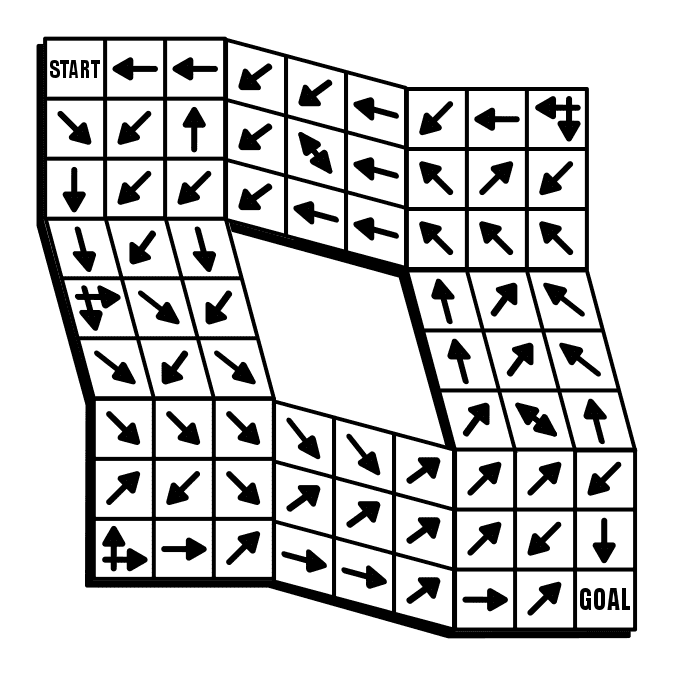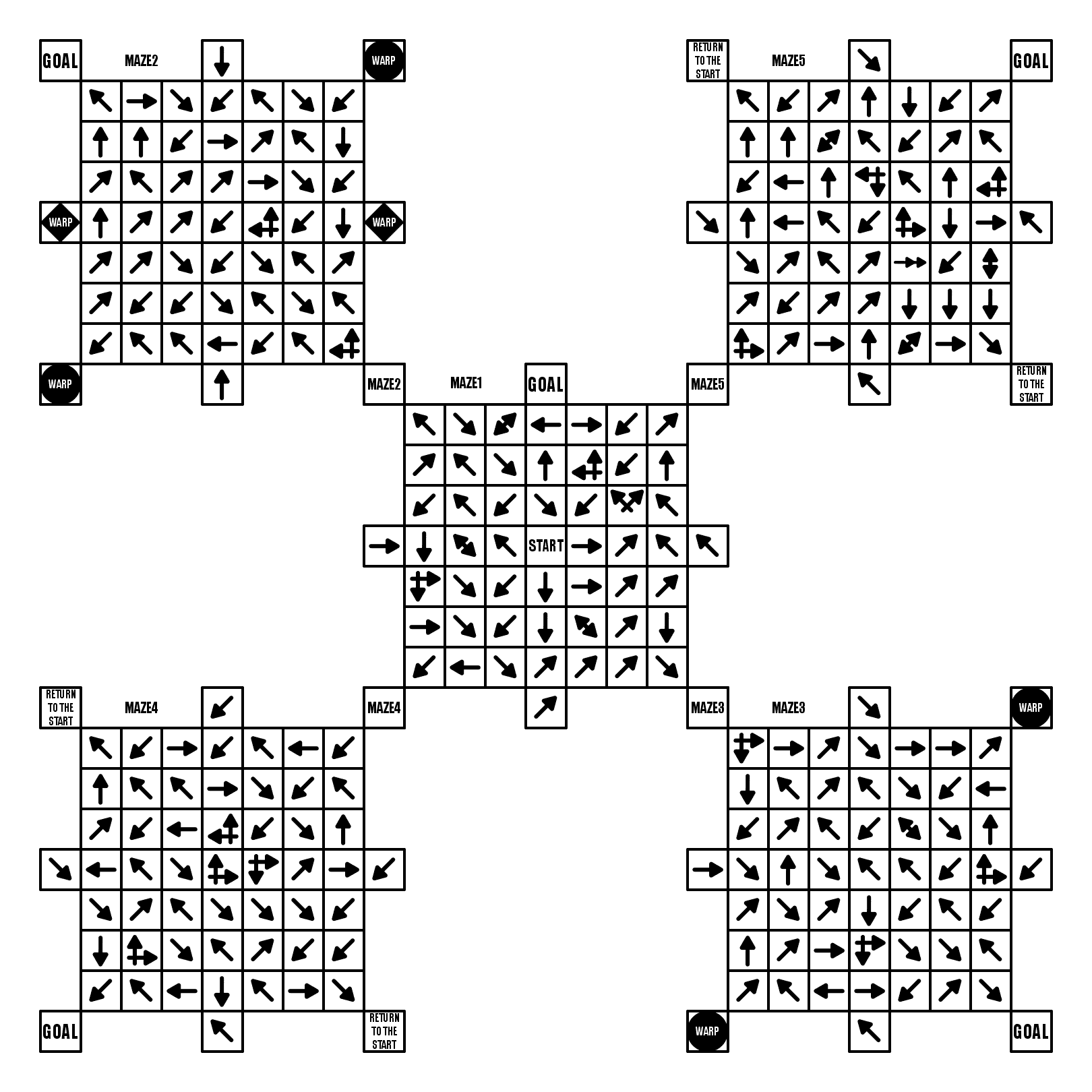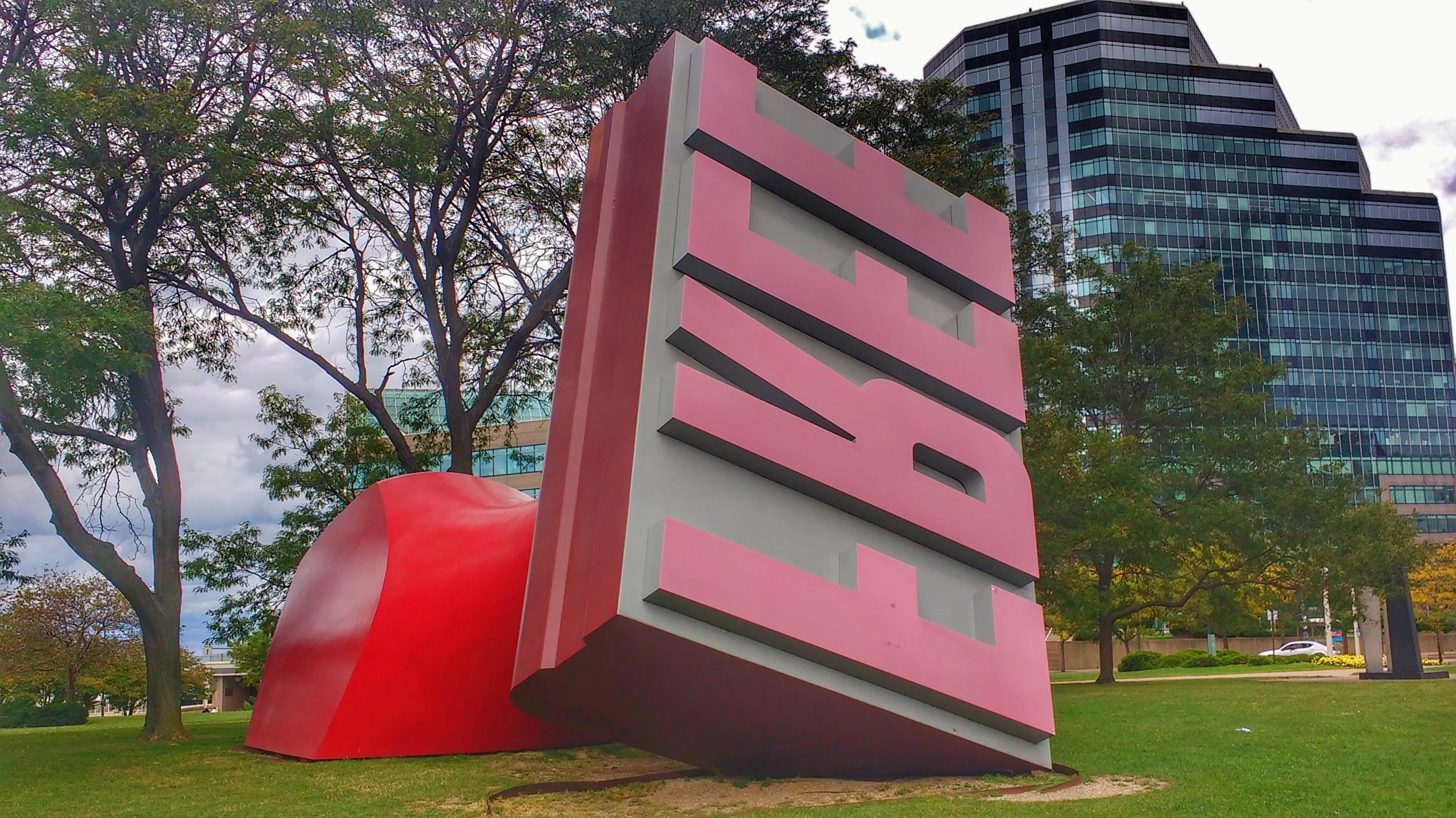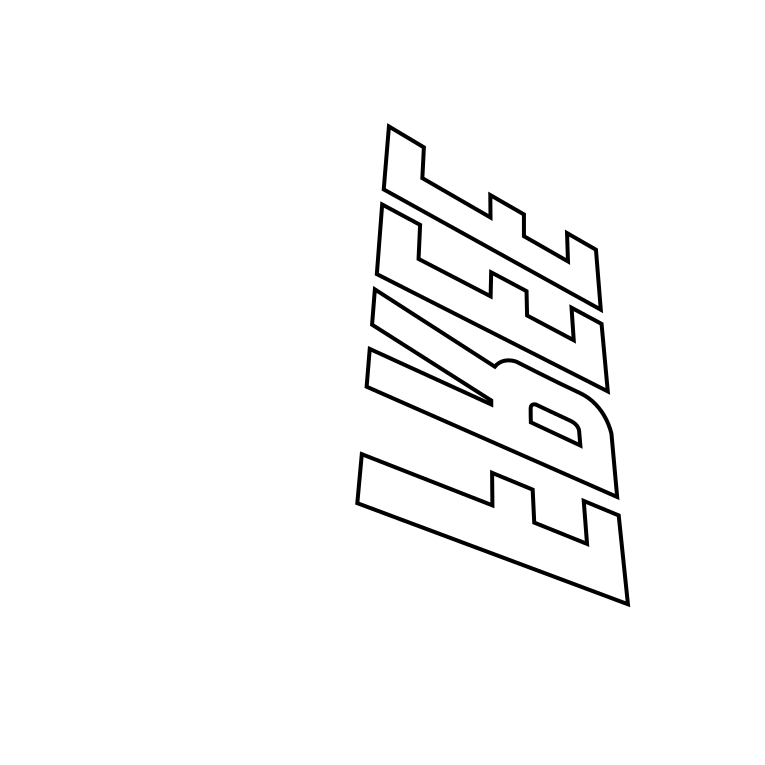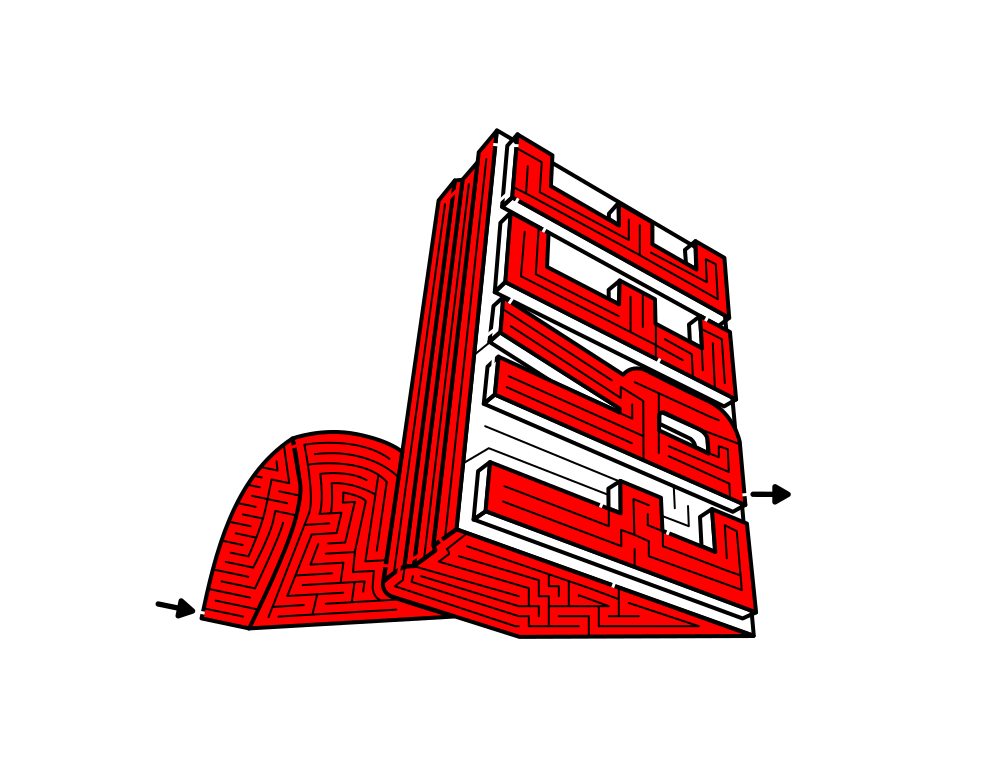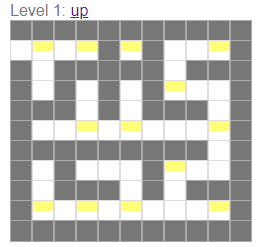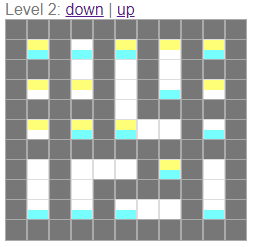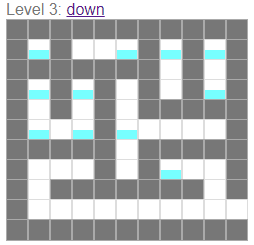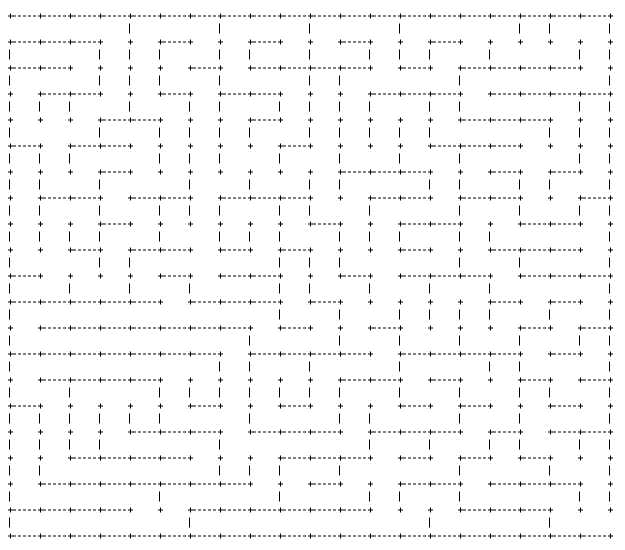In a series of posts I will show you how to make a maze in a wide variety of design constructions. The 44th type of maze construction is the Laser maze. Let’s define what I mean, then get into the example. This particular maze type was brought to my attention on the reddit maze page by user naveedurrehman. It is a puzzle type drawn maze and unique in that the pathways are invisible initially and created by the maze solver !
LASER Maze - A type of PUZZLE maze where THE SOLVER USES PHYSICS TO DETERMINE WHERE A LASER beam WILL BOUNCE in order TO SOLVE THE MAZE.
I want to mention there is a physical version of this maze type, and it may make you think of the movie Entrapment starring Sean Connery and Catherine Zeta-Jones. Also, Mr. Beast featured one on his channel.
And there is also a physical kids game version of this maze made by Thinkfun where you use mirrors to solve challenges. The game was the winner of the Good Housekeeping Best Toys Award !
How to Make a LASER Maze (DRAWN)
Step 1 - Draw the Outline and Possible Goals
The outline of a laser maze includes 3 sides with an opening for the initial laser to move through. It is possible to do multiple shapes but the most basic is 3 sided for this example. Goals, or possible goals line the outside of the walls. I suggest nothing less than a 4x4 grid, meaning 8-12 possible goals around the border. I like using pink blocks to highlight and guide where mirrors can be placed during maze creation.
Step 2 - Draw the Initial Laser and Mirror
Draw a laser, at the top reflecting off the first mirror/wall. This is essentially your “START”.
Step 3 - Draw the Solution
Add mirrors (walls) that the laser will bounce off of to make the maze solution. In my example below, I fill most of the maze.
Step 4 - Add the Unused Mirrors (walls)
If the solver followed the physics of the laser and bounced in the correct directions, any walls you add will never be used. Be mindful to not block any used pathways that would re-direct the solution. I also deleted my pink block guides.
Step 5 - Add the Directions
This is a type of maze that needs instructions to solve. Add them to the maze. I used simple directions.
Step 6 - Create the Solution (OPTIONAL)
Make the solution to the maze.
Additional Laser Maze Examples
Each laser does not need to bounce 1 level or block, it can move across larger distances. There is no need to fill each block with a mirror, gaps are interesting ! Here is a 5x5 version that includes gaps:
For my next example, I lined 3 sides with possible goals, so 15 total possible goals instead of just 10 using the 2 sides.
Additional Design Discussion:
Do they need to be square/rectangular ? No. But the use of right angles makes solving easiest. There is no question which direction the bounce is going to go to. A triangle, hexagon, and other geometric shapes would also work, with some complications to work through.
How big can they be ? As large as you can imagine.
Only right angles ? You can use other angles, but they complicate the design for both the creator and solver.
Ready to make your own laser maze ? Good Luck !
I did a 3 part blog series on maze constructions if you want to design your own type of maze. Part 3 includes all of the conditional maze options.
Part 1 - Starting and Ending a Maze - Speaks to the 9 most popular ways to start and stop a maze
Part 2 - Maze Path options - Explores the 12 different pathway options for a maze
Part 3 - Conditional Path options - Speaks to 11 different conditional options to add to a maze to make it more enjoyable
Interested in learning how to make or draw other types of digital mazes ? I have step by step instructions on how to make over 40 different maze types.
If you prefer making labyrinths, you can find step by step labyrinth making instructions.









